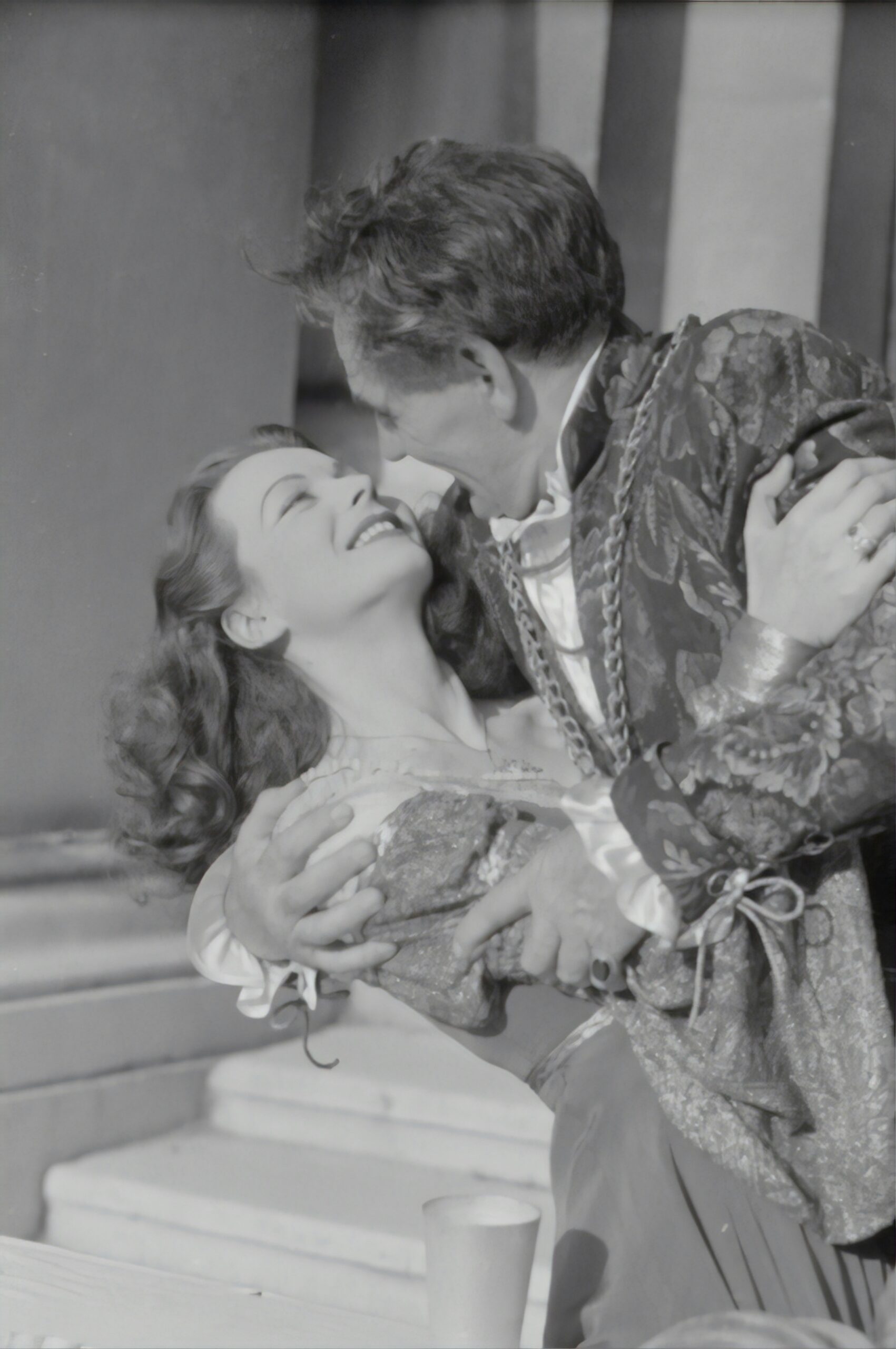Exploring the Benefits of Mindfulness in Sports Training
In the fast-paced world of sports, where every millisecond counts and the pressure to perform can feel overwhelming, athletes are increasingly turning to an unexpected ally: mindfulness. It’s fascinating to consider that amidst the roar of the crowd and the thud of feet on a track, a quiet, introspective practice can be a game-changer. But what exactly is mindfulness, and how can it enhance sports training? Let’s dive in.
What Is Mindfulness, Anyway?
At its core, mindfulness is the practice of being fully present in the moment without judgment. It’s about tuning into your thoughts, feelings, and bodily sensations—a bit like a personal coach for your mind. It’s easy to romanticize the idea of zen-like calm, but in reality, mindfulness can be quite challenging. I remember my first attempt at meditation; I spent half the time wondering if I was doing it right and the other half mentally composing my grocery list. Spoiler alert: I wasn’t exactly zen.
Despite those early struggles, research suggests that mindfulness can have significant benefits for athletes. The key lies in its ability to improve focus, reduce anxiety, and enhance overall performance. Some studies indicate that athletes who practice mindfulness report greater satisfaction with their sport and improved mental resilience. But how does this translate to actual training?
The Science Behind Mindfulness in Sports
Many athletes might be skeptical. After all, how can sitting quietly and “just being” help you run faster or jump higher? Well, let’s break it down with some science (and a dash of humor). Studies have shown that mindfulness can lead to changes in brain structure and function. For instance, a study published in the journal Psychological Science found that mindfulness training might actually enhance the brain’s ability to regulate emotions and improve cognitive flexibility. In layman’s terms, this means you can think more clearly and stay cool under pressure—qualities that are undeniably handy during a nail-biting game.
Moreover, mindfulness has been linked to improved concentration. A significant number of athletes report that their ability to stay present during competitions enhances their performance. It’s like having a superpower that helps you zone in on what really matters—whether that’s the finish line, the ball heading toward the goal, or your opponent’s next move. Imagine being able to block out the noise of the crowd or the pressure of expectations. Sounds delightful, doesn’t it?
Mindfulness Techniques for Athletes
So, how can athletes incorporate mindfulness into their training? The good news is, it’s more accessible than you might think. Here’s a buffet of techniques to chew on:
- Breath Awareness: Focusing on your breath can anchor you in the present moment. Try taking a few minutes before practice or competition to simply breathe in and out, noticing each inhale and exhale.
- Body Scans: This involves mentally scanning your body for tension and consciously relaxing those areas. It’s like a mini massage for your mind.
- Visualization: Picture yourself performing at your best. This technique can help reinforce positive outcomes and build confidence.
- Mindful Movement: Engage fully in your sport while paying attention to your movements. Whether you’re running, swimming, or swinging a racket, be aware of each motion and sensation.
Incorporating these practices into daily training can yield impressive results. For example, professional athletes like Kobe Bryant and Novak Djokovic have spoken about the importance of mindfulness in their routines. They often credit mental training as a significant factor contributing to their success. There’s something to be said for a practice that has helped athletes at the pinnacle of their careers.
The Impact on Performance
While mindfulness may feel esoteric at first, its practical applications are becoming clearer. Let’s consider the mental aspect of sports performance. Athletes often face intense pressure, whether from media scrutiny, personal expectations, or the demands of competition. This pressure can lead to anxiety, which, as many know, is not exactly conducive to peak performance. (I once saw a tennis player double-fault his way out of a match due to sheer nerves—talk about a tough day at the office.)
Mindfulness can help athletes manage this anxiety. By fostering a non-judgmental awareness of thoughts and feelings, athletes can learn to observe their anxiety without becoming overwhelmed by it. It’s like putting on a pair of mental glasses that allow you to see your worries clearly but not let them cloud your vision.
Case Studies: Athletes Who Embrace Mindfulness
To illustrate the practical impacts of mindfulness, let’s take a look at some case studies. One standout example is the American football player Russell Wilson, quarterback for the Seattle Seahawks. Wilson has openly discussed how mindfulness and meditation play a pivotal role in his preparation. He focuses on being present, which not only helps him manage the pressure of high-stakes games but also enhances his decision-making on the field.
Another compelling story comes from NBA player Chris Paul. Paul incorporates mindfulness techniques into his training routine, emphasizing breathing exercises and visualization to maintain focus during games. His ability to remain composed under pressure has been lauded by coaches and fans alike. It’s pretty hard to argue with success, right?
Mindfulness and Team Dynamics
Mindfulness isn’t just beneficial for individual athletes; it can also enhance team dynamics. In team sports, communication and collaboration are key. When players are more mindful, they tend to listen better, empathize more deeply, and communicate more effectively. A study published in the journal Sport, Exercise, and Performance Psychology found that teams practicing mindfulness reported improved cohesion and performance.
Imagine a basketball team where players are not only aware of their own emotions but also attuned to their teammates. They can respond to each other’s needs, adapt to changing dynamics on the court, and ultimately work together more effectively. The result? A more synergy-driven performance, which can be the difference between a win and a loss. (Trust me, I’ve seen my fair share of teams that could have used a little more mindfulness.)
Potential Challenges and Misconceptions
Of course, no discussion about mindfulness would be complete without addressing some common misconceptions. One significant hurdle is the belief that mindfulness requires a substantial time commitment—or that it’s only for those who can sit cross-legged and hum like a monk. Let me assure you, mindfulness can be integrated into even the busiest schedules. Even a few minutes a day can make a difference.
Another misconception is that mindfulness is all about being calm and relaxed. While it can promote relaxation, it also helps athletes channel their energy effectively. It’s not about becoming a passive observer of your thoughts; it’s about engaging with them in a constructive way. (As a sports journalist, I sometimes wish I could apply a bit of mindfulness to my own writing process—though I often find myself racing against deadlines instead!)
Practical Tips to Get Started
If you’re an athlete or coach considering integrating mindfulness into your training, here are some practical tips to help you get started:
- Start Small: Incorporate just a few minutes of mindfulness practice into your daily routine. Gradually increase the time as you feel more comfortable.
- Use Guided Meditations: There are numerous apps and online resources that offer guided mindfulness meditations tailored for athletes.
- Set Intentions: Before training sessions or competitions, set a clear intention to be present and focused.
- Reflect: After practices or competitions, take a few moments to reflect on your mental state. What worked? What didn’t? This can help you adjust your mindfulness approach.
Remember, mindfulness is a personal journey. What works for one athlete might not resonate with another. It’s about finding the techniques that best suit your needs and preferences.
The Future of Mindfulness in Sports
As the conversation around mental health and performance continues to grow, it’s likely that mindfulness will become even more integrated into sports training programs. Schools, colleges, and professional teams are increasingly recognizing the importance of mental well-being alongside physical training.
Moreover, as more athletes share their experiences with mindfulness, it is expected that the stigma surrounding mental health will diminish. I find it refreshing to see more conversations about emotions in sports—not just the glory of victory but also the challenges of mental resilience.
Conclusion: A Holistic Approach to Training
In conclusion, mindfulness is more than just a trendy buzzword; it’s a powerful tool that can enhance sports training in numerous ways. By promoting focus, reducing anxiety, and fostering a sense of connection—both with oneself and with teammates—mindfulness can transform the way athletes train and compete. (And let’s be honest, who wouldn’t want to add a little more zen to their game?)
As we continue to explore the depths of athletic performance, let’s not overlook the essential role of the mind. After all, in the grand tapestry of sports, it’s not just about the muscles and skill; it’s about the heart and mind working in harmony. So, the next time you lace up your sneakers or step onto the field, consider taking a moment to breathe, to be present, and to embrace the power of mindfulness.







